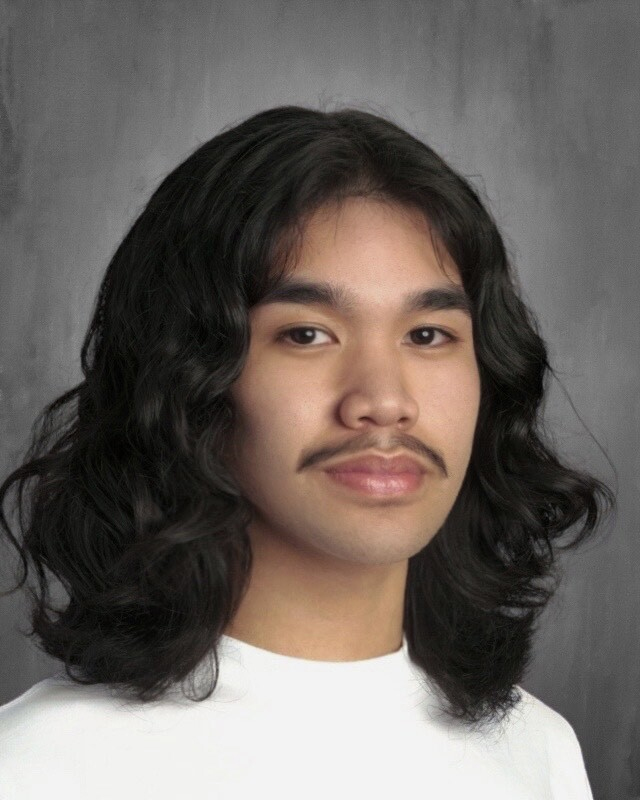By Peter Sakisat
Growing up, my grandmother was a teacher at our local Catholic school and would frequently share stories of her days and how much she loved her students and the community at the school. So when it was my time to attend that school, I was filled with anticipation and excitement.
But things didn’t go how I expected them to. As someone of mixed AAPI heritage—I am Japanese and Chamorro (Indigenous Mariana Islander)—I didn’t fit in at the predominantly white school. I was bullied for my food “smelling funny” as well as for being gay.
After 10 years at the school, I realized I needed to find a different path.
Everything changed when I heard about the school my cousins attended: Summit Olympus, a charter public high school in downtown Tacoma. Before, I hadn’t been aware that there were options beyond private and traditional public schools.
When I toured Summit, I knew I would be welcome—faces of students and teachers that looked like mine and rainbow pride flags around. Summit Olympus has 66% of students and staff who are people of color.
At Summit, I had a new beginning and a great sense of belonging. Here, the students lead the charge on celebrating different cultures each month. In February, we focused on Black History; in May, we’ll focus on Asian American Pacific Islander (AAPI) History. We highlight the food, the music, the celebrations, and anything that a student might want to share with the learning community. We’re empowered to create clubs, celebrations, and community gatherings that honor our culture within the school.
And, during tough times like COVID, teachers took the time to really understand what students were facing. With the rise in hate crimes against Asian Americans and other people of color, I was learning lessons that integrated anti-hate. AAPI teachers empathized with their students and made sure we felt heard during the current events. We talked not just about the news, but how we were feeling. Though events outside the classroom could be chaotic, my teachers created a safe space for students.
This approach not only uplifts students emotionally, but academically. The research is loud and clear: diverse classrooms have cognitive benefits for students of all backgrounds. All students have higher academic achievement when they have teachers of color, but this is especially true for Global Majority students, who show higher graduation rates and are more likely to attend college.
I’m grateful for Summit and the opportunity to not just lean into my own identity but to learn about others, and I truly believe my school can serve as a model for public education in Washington state.
Summit’s model benefits diverse students not just while they’re at school, but beyond life after school. Expeditions are similar to an internship, where classes are paused, and we can create business plans, take college business courses, or partner with a local business. We also have a Personal Advisory Board where we work with a trusted adult at school and at home to arrive at a Concrete Next Step: a 3-5 year plan for after high school that can include college but allows us the freedom to explore other options like a gap year or vocational training.
Despite charter public schools like Summit being free and open to all—and serving higher percentages of low-income students, students of color, and special education students—they receive less funding than traditional public schools.
As someone who has deeply benefited from attending a charter public school, I want to raise awareness about this inequity in hope that it can change. All public school students deserve equal funding for our education. Summit is a public school and a place of belonging, where each young person is celebrated for their authentic self and encouraged to thrive.
I hope that legislators and community members can work together to address these inequities so that students have access to the same resources, no matter which school they attend.
As I look towards my high school graduation this summer, I am filled with gratitude. For my grandmother for being such a good role model and teaching me that education can be fun, for my family for supporting me in finding a school that works for me, and for Summit for fostering a community that lets me embrace my full, authentic self.
Peter Sakisat is an 18-year-old student at Summit Olympus in downtown Tacoma.
This is a sponsored content.





it is a joy to read this article of a student who found a safe harbor in his navigation to high school completion. My connection too to the Washington charter Public schools sector goes back to my terms as a state representative and sponsor of original charter legislation, which took 15 years to pass. I continue to be engaged and supportive of this right for all children to have a choice of Weir their education meet their expectation.. I am so pleased that this student is a recipient of a commitment made to an expansion of public education offering well before he was born.